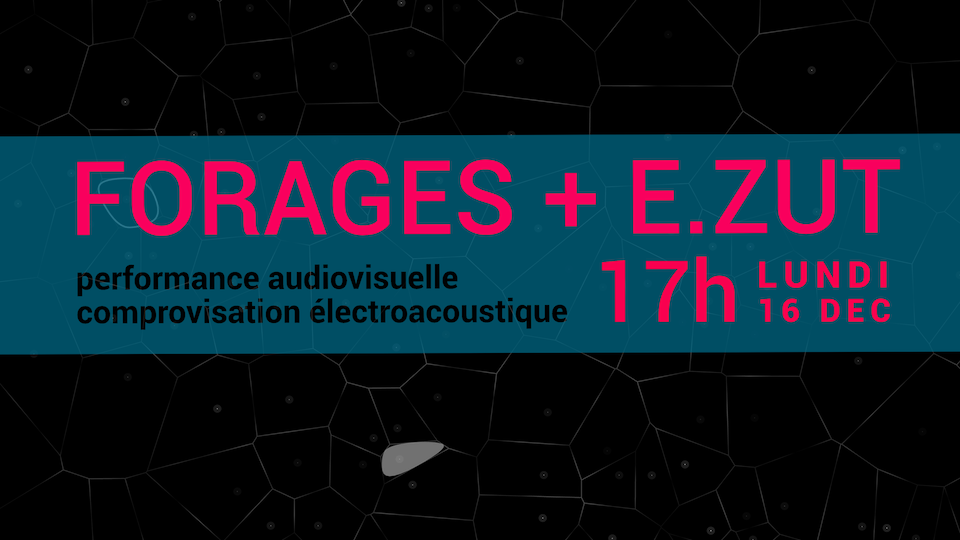On reste à Bombay avec ce morceau “Tere Mere Beech Mein” (“Entre toi et moi”) extrait de “Ek Duuje Ke Liye” (“Faits l’un pour l’autre”), grand succès de Bollywood en 1981, dont je vous laisserai savourer les 2h40 de romantisme aux pétales de rose en version originale si vous ne savez vraiment pas quoi faire ce soir.
Vincent
#4 – d’une jungle à une autre
Aujourd’hui, “Straight to Hell”, un morceau de The Clash sorti en 1982, qui évoquait l’immigration au Royaume-Uni et aux États-Unis des anciennes colonies asiatiques, notamment la situation des enfants amérasiens, qui se voient refusés l’accueil aux États-Unis au sortir de la guerre du Vietnam.
#3 – rumble in the jungle
On poursuit cette traversée de la jungle avec une autre sample du funk des années 1970, transposé dans la pop électro des années 1990, avec “Go Down Dying” du Ray Brown Orchestra, un morceau composé par Antonio Carlos Jobim pour le film “Les Derniers Aventuriers” de Lewis Gibert (le réalisateur de quelques James Bond, dont Moonraker).
#2 – massive payback
Pour continuer dans l’esprit funk, “The Payback” de James Brown, ici dans la version live de 1974 à Kinshasa, pour “The Rumble in the Jungle”, le tournoi mythique entre Mohammed Ali et George Foreman (si vous ne l’avez pas vu, foncez voir le documentaire “When we were kings”, qui retrace cet événement).
#1 – the message
attracteurs étranges / forages
estampes numériques imprimées à l’encre pigmentaire sur papier Canson
réalisées par forages [Gladys Bregeon & Vincent Goudard]
photo satin premium RC 270g
40x60cm
exemplaires uniques
images tirées d’une scène de la performance FIB_R
Les estampes originales sont en résolution 600 dpi.
Les aperçus ci-dessous sont en basse résolution.
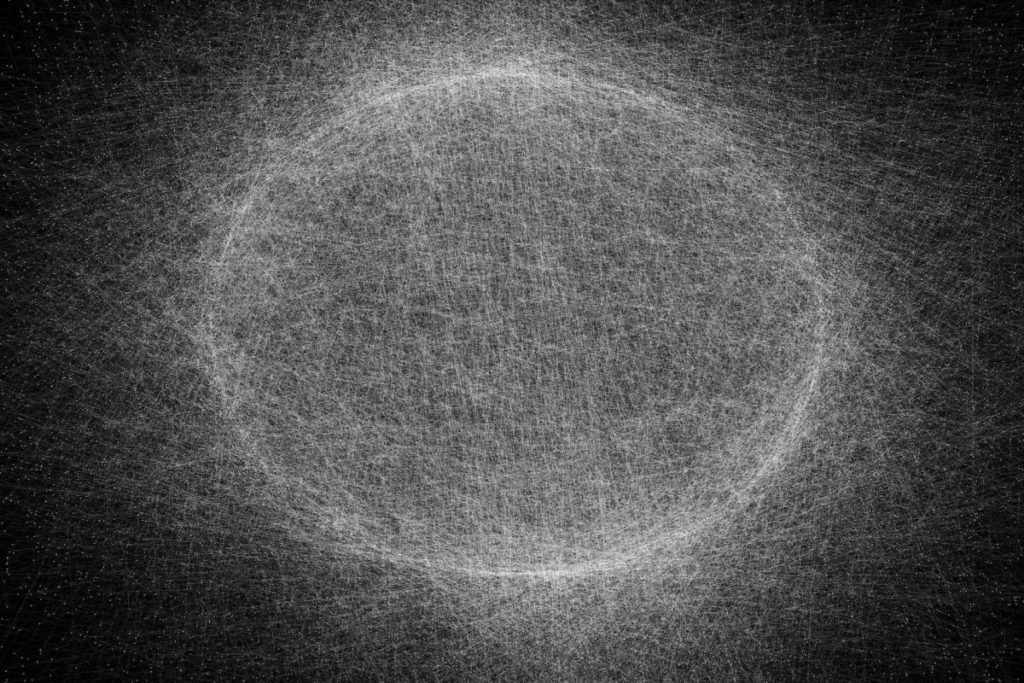
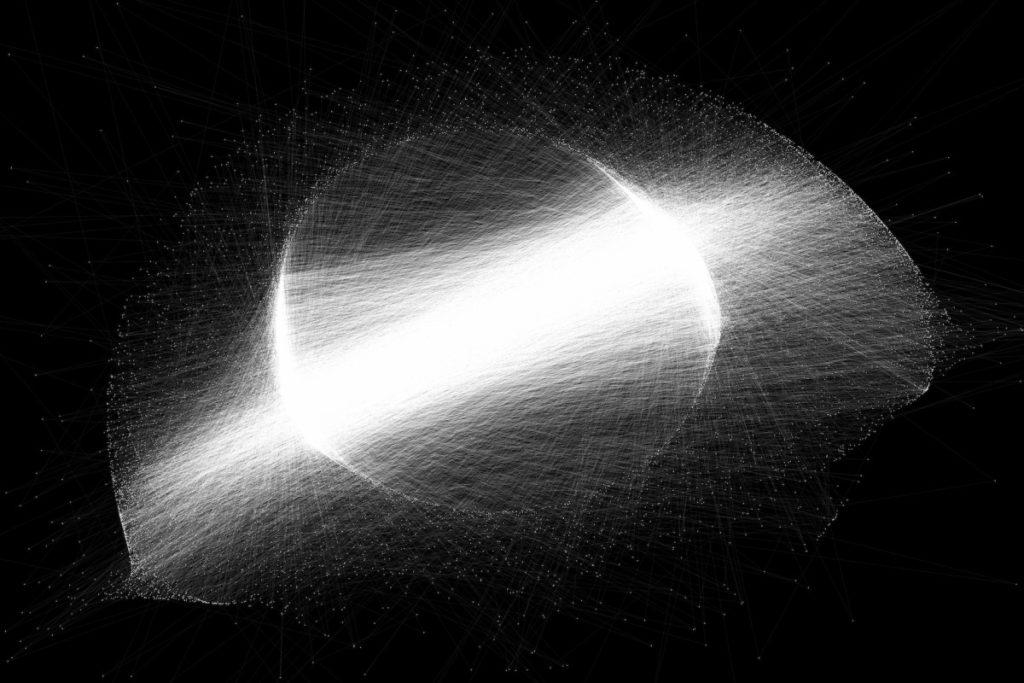
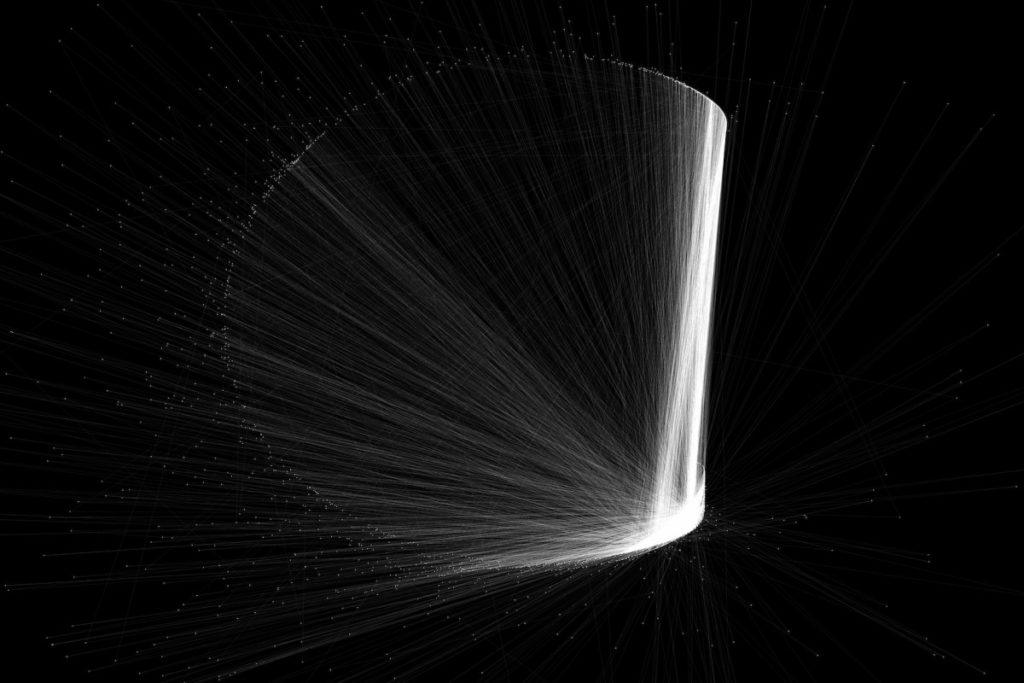
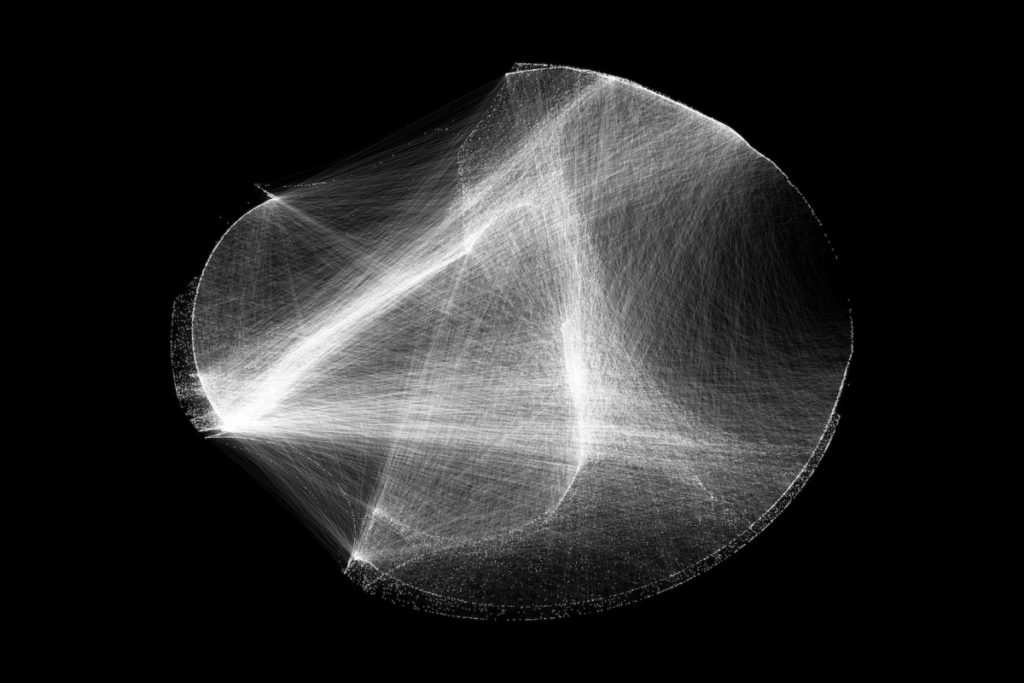
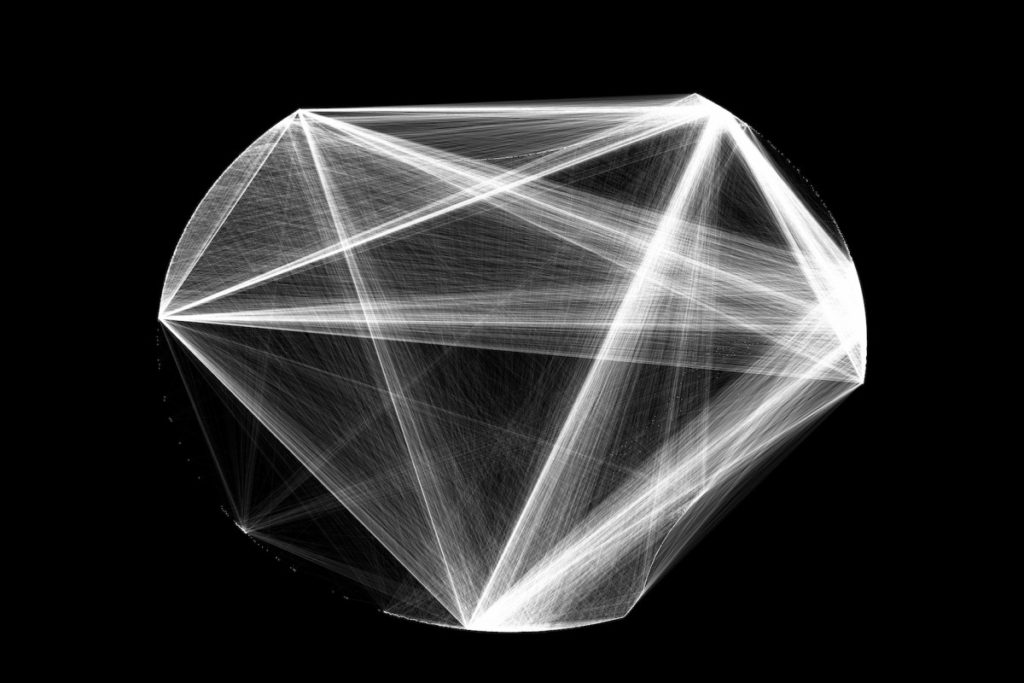
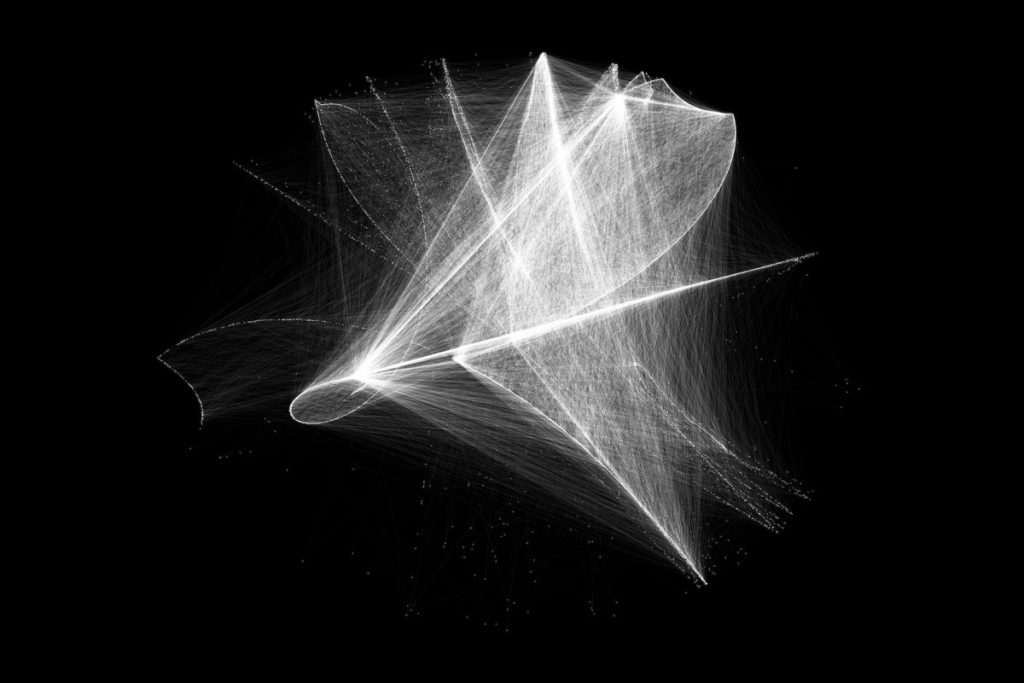
FIB_R + exposition à Rivolet (69)

AIM-Framework
AIM is a Max package helping to structure patches following a “Model View Controler” design pattern. Declare parameters and models, in possibly nested combinations, save presets, readily available in any other model instance. Create custom GUIs for your components and easily monitor and control any part of your patch.
The core part of the package was presented at the Sound and Music Conference (SMC’22) organized by GRAME in Saint Etienne, France.
Summary: https://zenodo.org/record/6800815
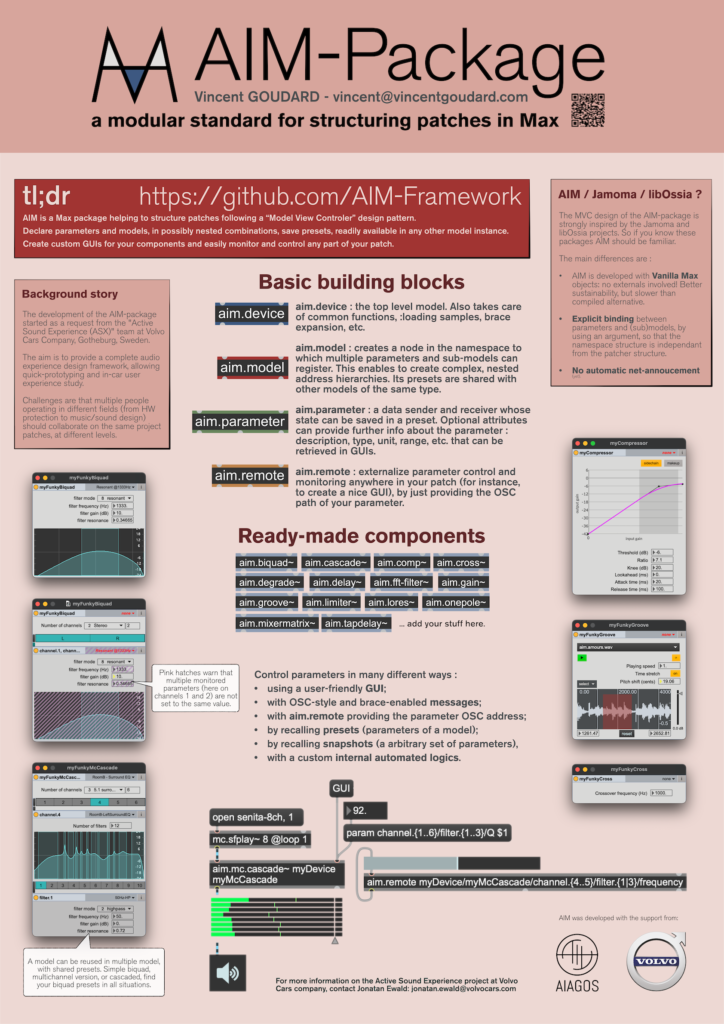
ReCoDIN [PhD]
ReCoDIN stands for “representation and control in the interactive design of digital musical instruments”, the topic of a doctoral research project started in 2016.
Abstract : Digital musical instruments appear as complex objects, being positioned in a continuum with the history of lutherie as well as marked with a strong disruption provoked by the digital technology and its consequences in terms of sonic possibilities, relations between gesture and sound, listening situations, reconfigurability of instruments and so on. This doctoral work tries to describe the characteristics originating from the integration of digital technology into musical instruments, drawing notably on a musicological reflection, on softwares and hardwares development, on musical practice, as well as a number of interactions with other musicians, instruments makers, composers and researchers.
This PhD was led under the joint supervision of Jean-Dominique Polack from the Lutherie-Acoustics-Music team at Institut ∂’Alembert (LAM, CNRS-UMR7190) and Pierre Couprie from the Research Institute in Musicology (IReMus, CNRS-UMR 8223).
Advisor : Hugues Genevois from the Lutherie-Acoustics-Music team at Institut ∂’Alembert (CNRS-UMR7190).
This research was supported by Collegium Musicæ at Sorbonne Université.
Tools
This research led to the development of various Open-Source tools and softwares, some of which are described in academic publications (see below). Feel free to fork them on GitHub !
- LAM-lib : a random collection of objets and utilities for digital luthery in Max.
- ModularPolyphony (MP) : a protocol and set of abstractions in Max, allowing expressive control of polyphonic processes, connected in a modular way.
- ModularPolyphony-TUI (MP-TUI) : a set of objects and utilities built on top of MP, meant for designing custom multitouch tangible user interfaces (TUI).
- Sagrada : a library for audio-rate control of modular processes, particulary targeted at granular synthesis.
- John, the Semi-Conductor : a web-based collective score generator, editor and player, crafted for helping collective free improvisation of electroacoustic music.
Related publications
- V. Goudard, « Représentation et contrôle dans le design interactif des instruments de musique numériques », PhD thesis, 2020. [online]
- V. Goudard, « Ephemeral instruments », in Proceedings of the International Conference on New Interfaces for Musical Expression (NIME’19), Porto-Alegre, Brésil, 2019, p. 349–354. [online]
- V. Goudard, « John, the Semi-Conductor: A Tool for Comprovisation », in Proceedings of the International Conference on Technologies for Music Notation and Representation – TENOR’18, Montreal, Canada, 2018, p. 43–49. [online]
- V. Goudard, « Ergonomics of touch-screen Interfaces », in Proceedings of the International Conference on Live Interfaces (ICLI’18), Porto, Portugal, 2018. [online]
- V. Goudard et H. Genevois, « Mapping modulaire de processus polyphoniques », in Actes des Journées d’Informatique Musicale (JIM’17), 2017. [online]
FORAGES + E.ZUT @auditorium Jussieu, Paris, le 16/12/2019
DATE : 16 décembre 2019, à 17:00
LIEU : auditorium du CICSU, campus Pierre et Marie Curie, 4 place Jussieu, 75005 PARIS. [voir sur google maps]
Infos sur Facebook : https://www.facebook.com/events/410155909934447/
Continue reading “FORAGES + E.ZUT @auditorium Jussieu, Paris, le 16/12/2019”



![ReCoDIN [PhD]](https://vincentgoudard.com/cms/wp-content/uploads/2017/12/phd_books.jpg)
